Hawaii Food & Wine Festival: Fish and Poifeatured
One of the most interesting events I went to during the Hawaii Food & Wine Festival was a visit to an 800-year-old fishpond in He‘eia, an ahupua‘a (ancient land division extending from the mountains to the sea), on the windward side of O‘ahu. As part of Kamehameha Schools‘ statewide 363,000-acre land stewardship, He‘eia is being carefully restored back to productivity by Papahana Kuaola and Paepae o He‘eia, two non-profit organizations dedicated to preserving this precious natural and cultural resource for future generations.
From the mountains to the sea, we got to see firsthand what a treasure this place is. Our lunch was a prime example of how He‘eia sustained its people for centuries before. We pounded taro root pulled from the lo’i (irrigated terrace) and feasted on fish caught right in the pond.
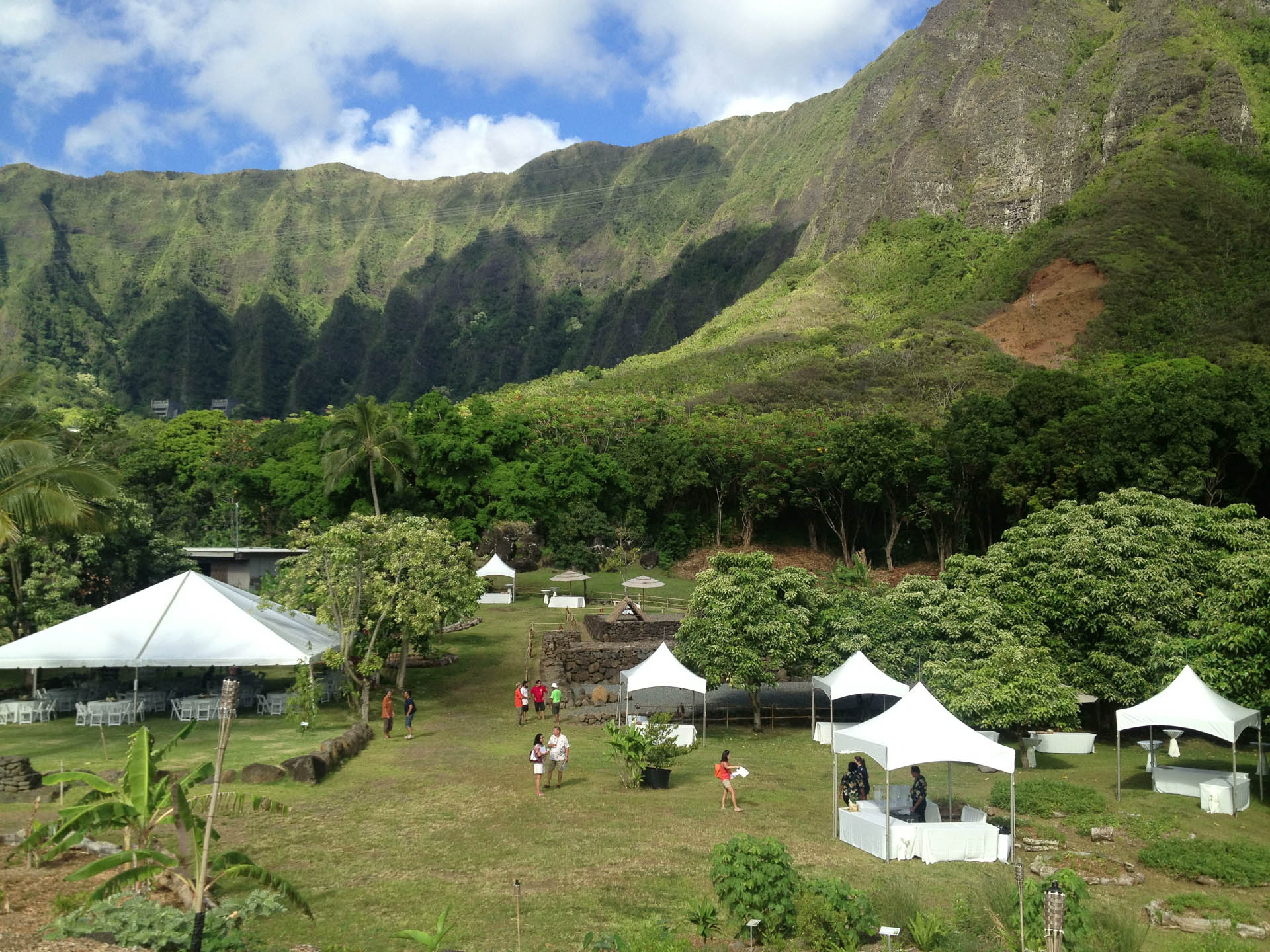
When we arrived on site (hello, blue skies and lush mountains), we were greeted with a welcoming song prayer by Kīhei Nahale-a, one of the Papahana Kuaola Program Directors.
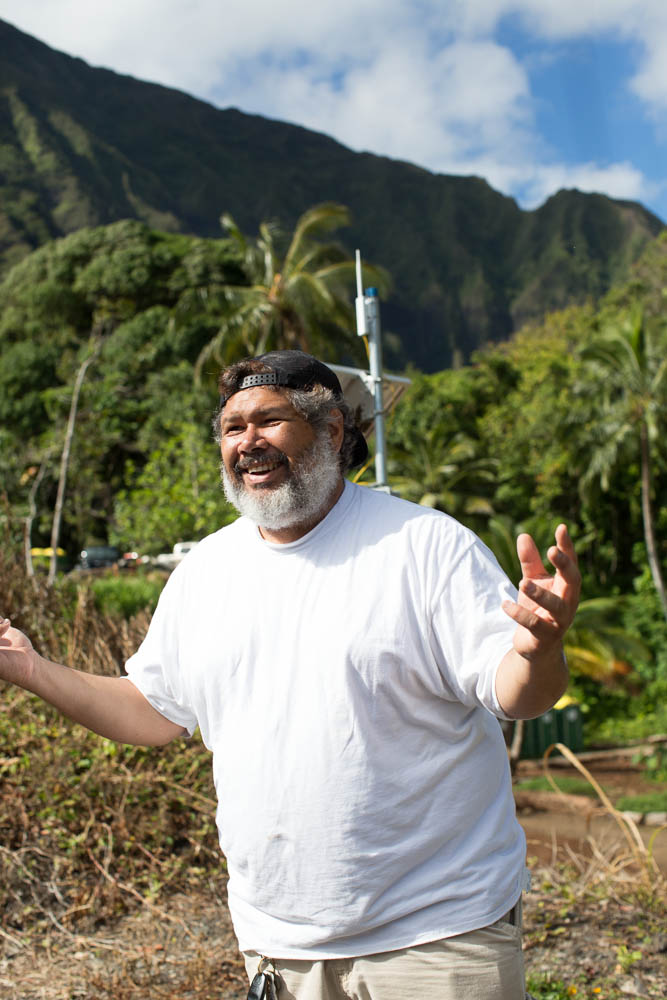
We then headed off for a tour of the fishpond. Enclosed by a 1.3-mile long circular wall, the pond encompasses 88 acres of brackish water. The wall allows the pond to maintain a base water level even at the lowest tides. Three gates along the seaward edge regulate salt water input and three gates along the He`eia stream regulate fresh water input. By allowing both fresh and salt water to enter the pond, the pond environment is conducive to the growth of certain types of algae. This algae in turn sustains a number of species fish…which in turn became our lunch for the day!
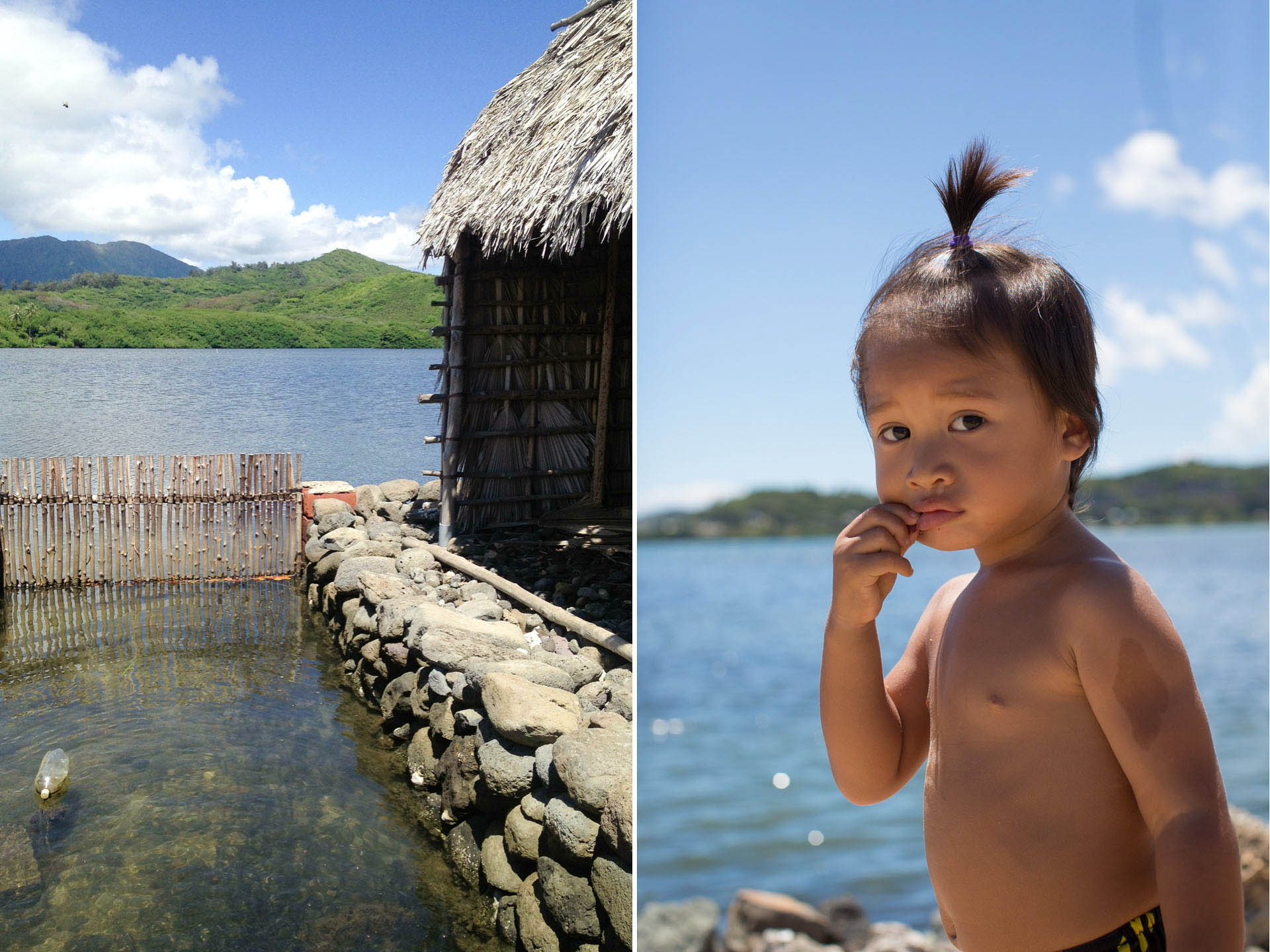
(Left: fish nursery where baby fish grow larger before getting released into the pond; Right: this litte guy is enjoying a bit of smoked fish)
After our tour of the pond, we headed back for a cultural and culinary lesson in taro pounding. We each took turns, straddling a hand-carved wooden board the width of a surf board, and smashed and scraped taro root into the pounding board with pohaku ku’i’ai stones made of lava rock. The process was like using a mortar and pestle, but on a larger, full-body scale.
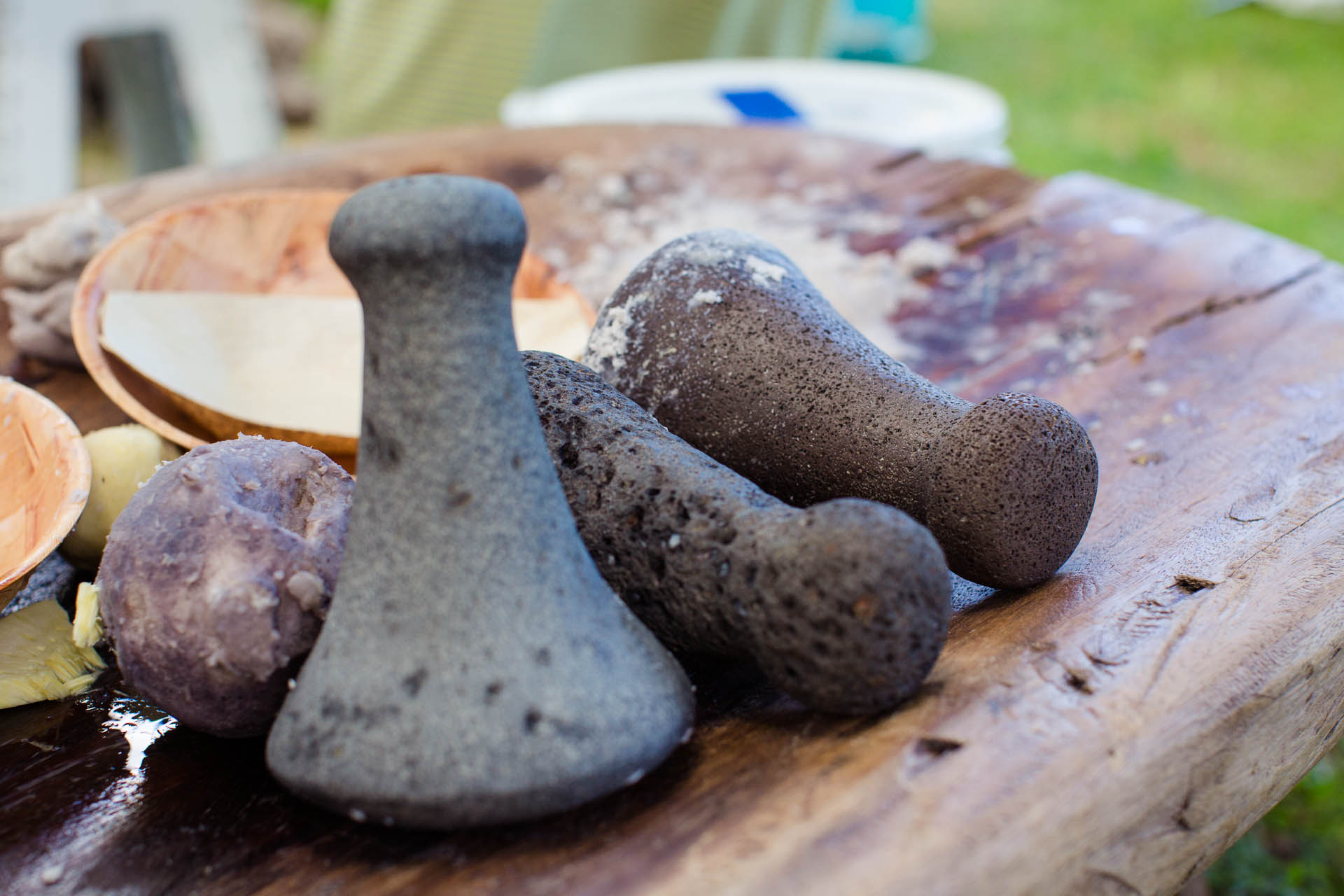
We pounded the taro root until a smooth, grey, pasty substance formed, called pa‘i‘ai. We learned that in the old days, this was a way of preserving and transporting the nutritious taro. The pa‘i‘ai could be rolled into a neat little ball and stored away until it was needed. It would then be reconstituted by mixing it with water, which created poi, a soupy kind of taro sludge that would be the staple starch of the meal.
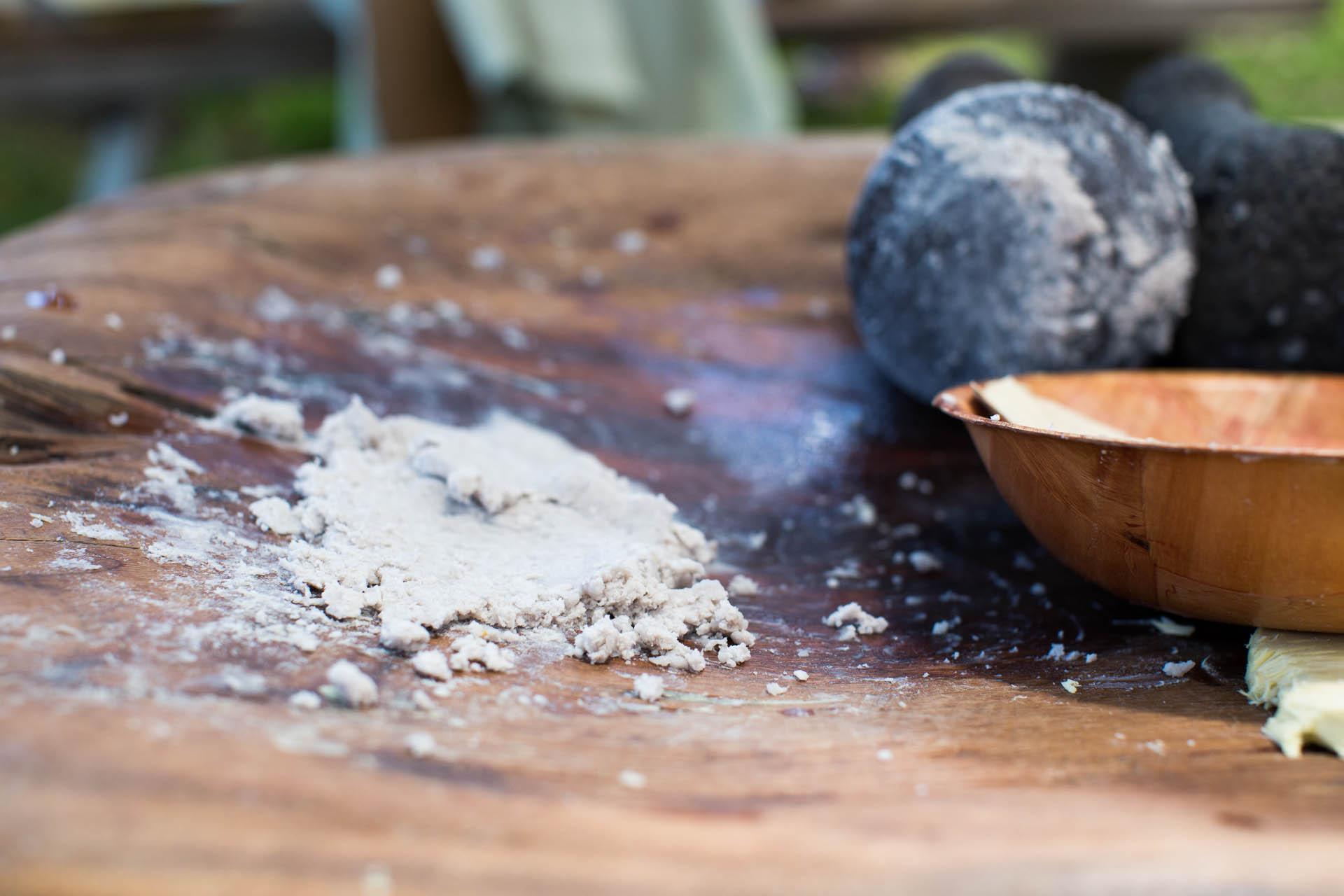
Then, we were treated to a lunch made with ingredients sourced right from the pond and land we had just seen. There was fish and taro, of course, but more exotic finds like frog legs and octopus (locally caught by friends and family), and indigenous seaweeds and ferns.
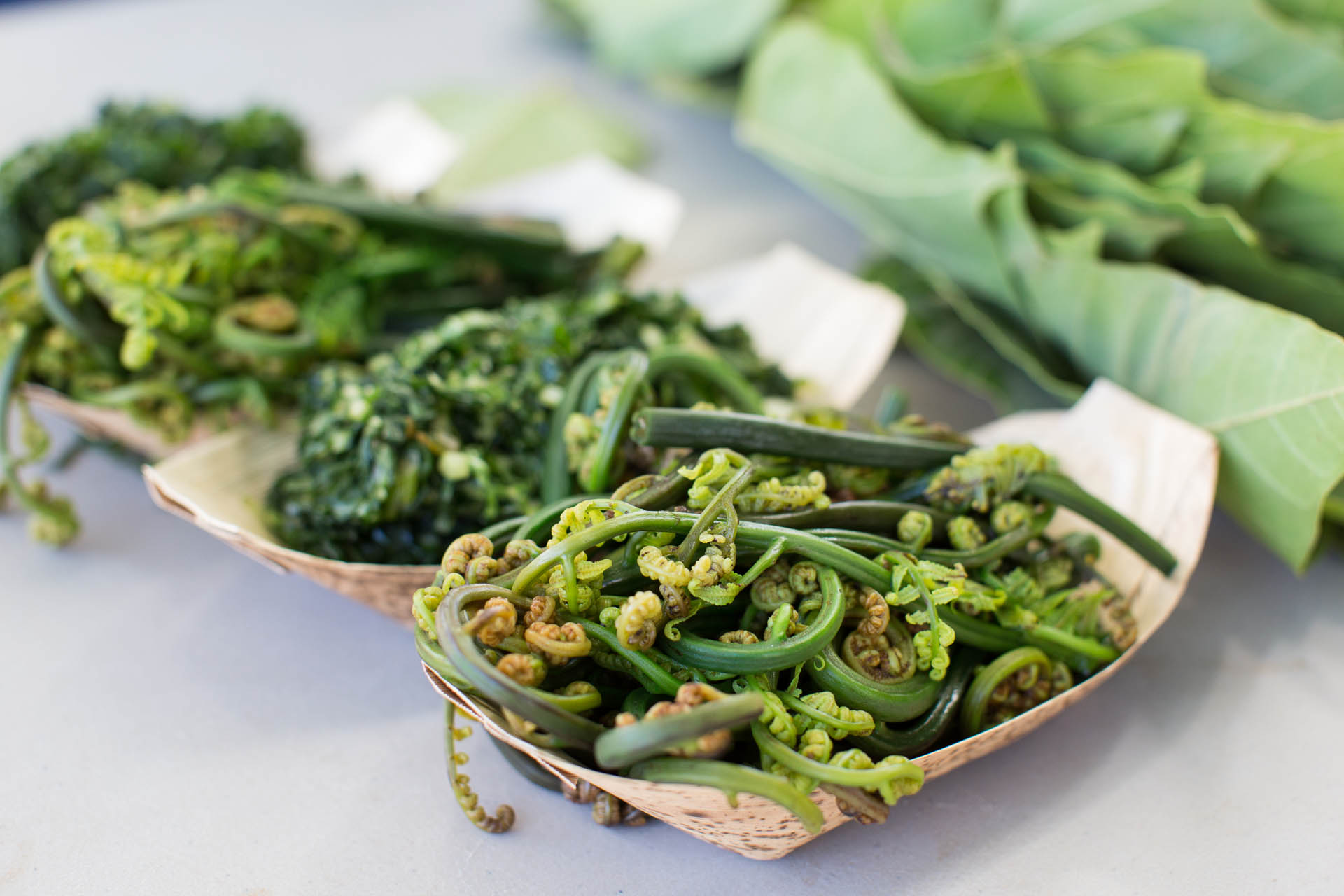
Not all visitors to Hawaii get to this part of the island’s culture. The deep connection and respect the Hawaiian people have for their land is inspiring and it fills my heart to see the great work being done here to protect that. I was so impressed by all the people I met here, and I’m honored that they shared this piece of their cultural heritage with us.
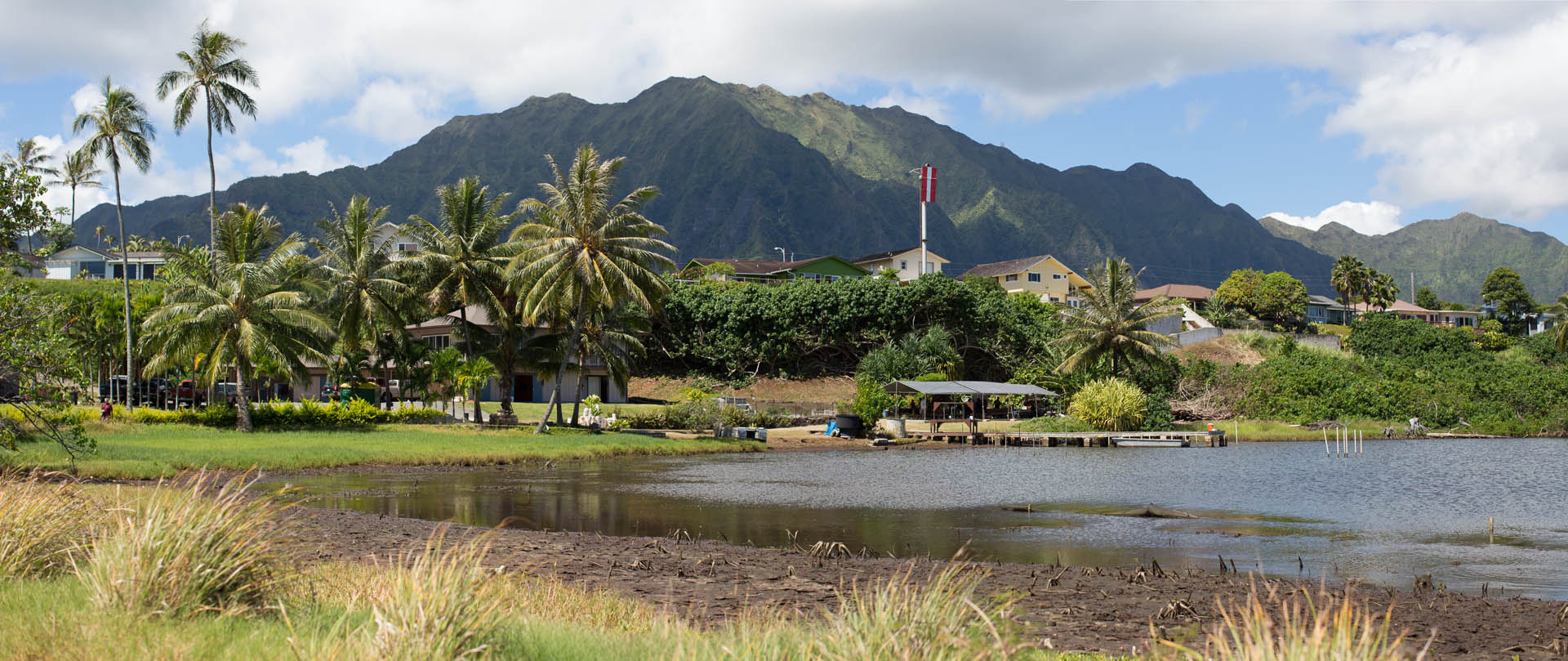


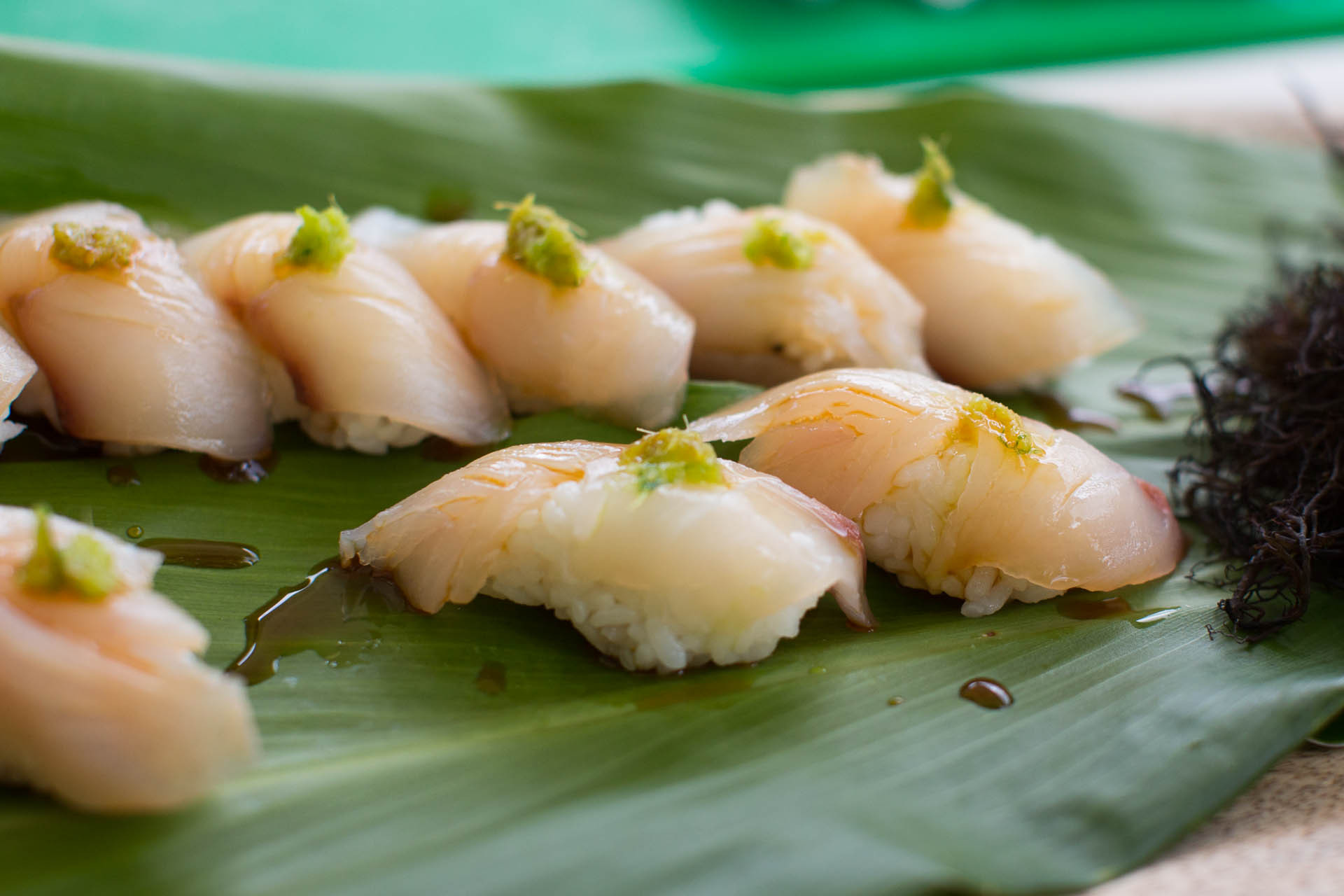
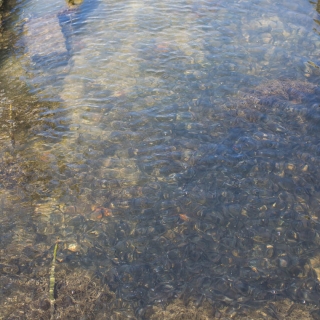
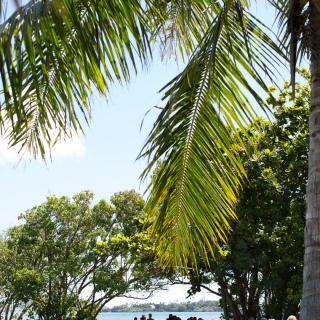
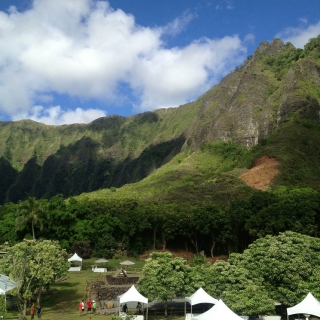
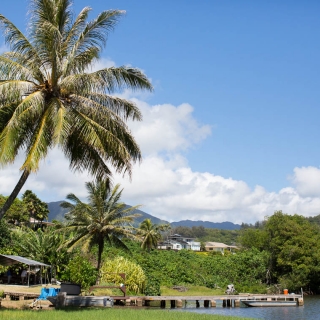
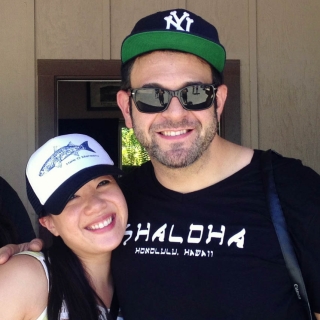
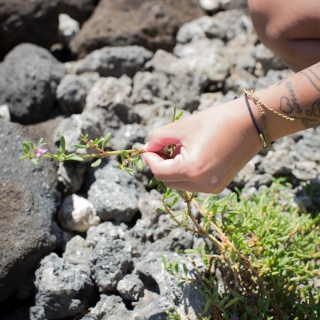
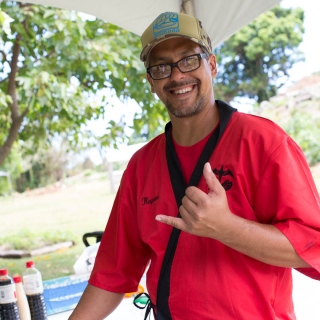
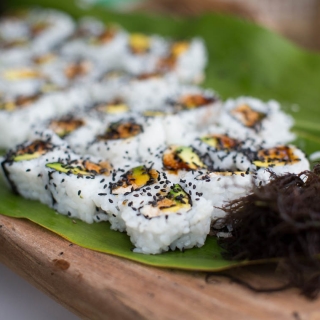
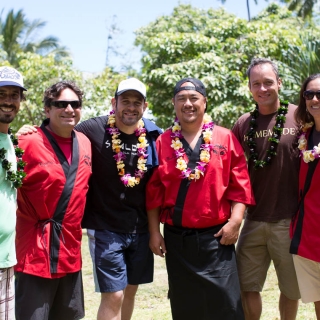
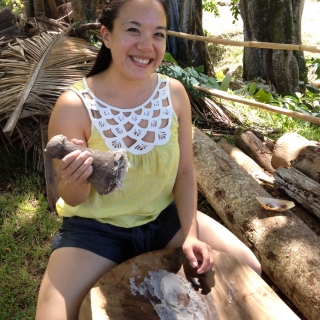
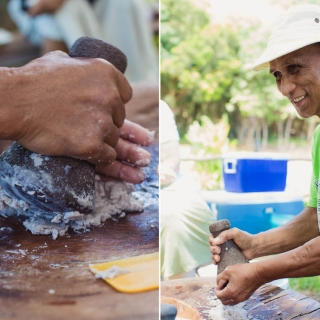

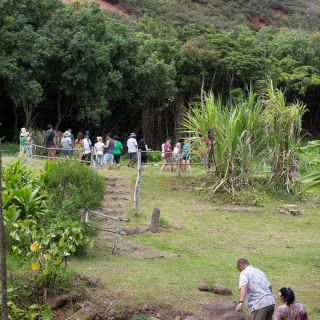
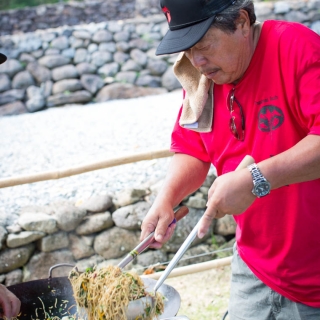
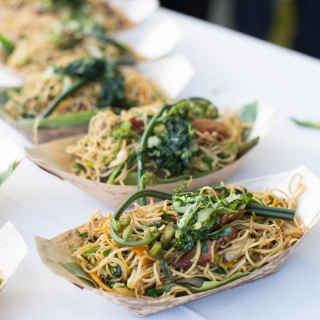
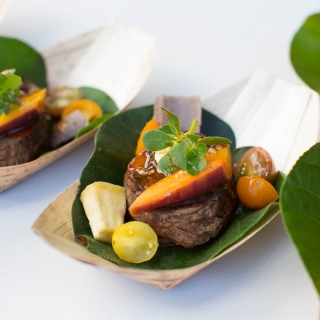

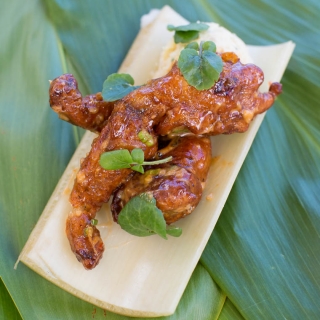
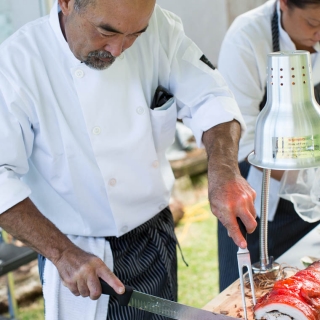
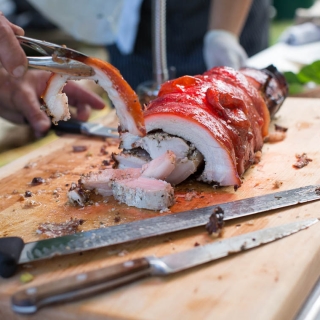
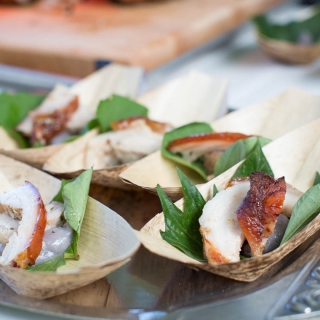
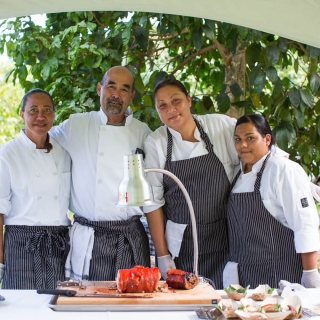
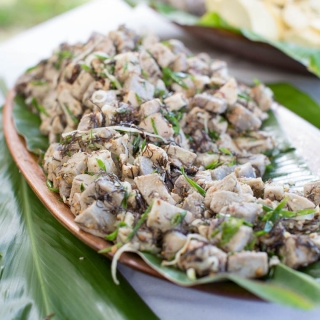

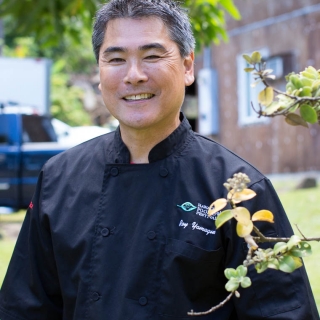
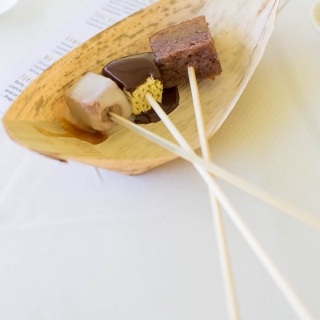
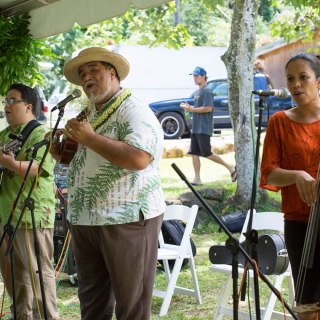




Add comment